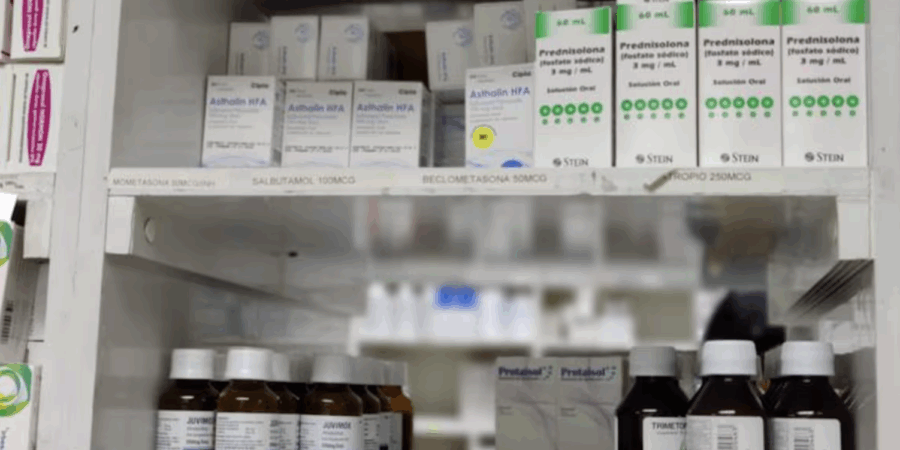The Ministry of Health (Minsa), through its National Directorate of Medicines and Supplies, announced the incorporation of 20 new medicines to the drug program with reduced prices in public pharmacies.
With this third phase, the list reaches a total of 60 available medicines with discounts of up to 94% with respect to commercial market prices.
The measure seeks to facilitate access to essential treatments for thousands of Panamanians, especially those who suffer from common diseases such as diabetes, high blood pressure, flu, among others.
The third phase is added to the 40 molecules already included in the months of February and March, as part of the government’s commitment to strengthen access to health through strategies of accessibility and savings for the population.
The Minsa reported that discounted medicines can be purchased in more than 100 public pharmacies distributed throughout the national territory, facilitating coverage for urban and rural communities alike.
To purchase medicines, citizens must present:
- Personal identity card
- Current medical prescription, issued by a doctor from the Minsa or the Social Security Fund (CSS)
In addition, patients from private clinics can also access the benefit by presenting their private medical prescription.
In his weekly conference, the President of the Republic, José Raúl Mulino Quintero, reiterated that his administration will continue to expand this program, with priority in the medicines most used by the population, and announced that more drugs will soon be added to the official list.
The ultimate goal of the plan is to achieve more than 200 affordable medicines, as part of a public health policy focused on equity and cost reduction for patients.
Patient reaction
From the citizens, it is recognized that having medicines at very affordable prices is an important achievement. This was stated by a representative of the National Federation of Associations of Critical, Chronic and Degenerative Diseases, Enma Pinzón, who also urged the authorities to implement dissemination programs that clearly inform which drugs are included in the program and the mechanisms to access them.
He also expressed concern about the sustainability of the long-term plan and called for transparency on the financing mechanism, to prevent this initiative from following the path of similar projects that failed to maintain themselves over time.
